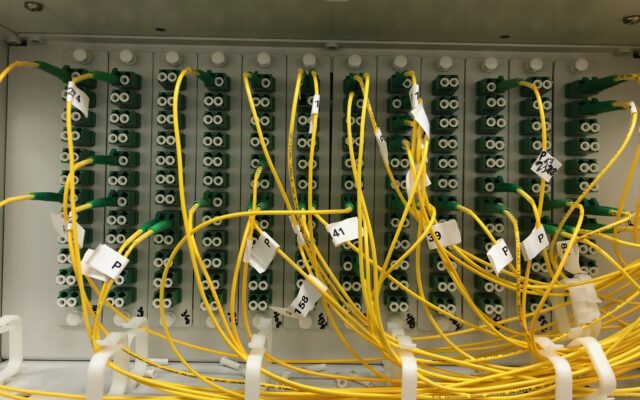
There’s no one way to bring broadband to all of Maine
By Andrew Butcher, Maine Connectivity Authority president
Our state has a historic opportunity to make a lasting difference for hundreds of thousands of Maine people and businesses by expanding access to reliable internet service.
Gov. Janet Mills has set an ambitious goal of ensuring that everyone in Maine who wants access to an internet connection can have it by the end of 2024. This is lightspeed in the realm of infrastructure development. To achieve it, we will need to balance all possible solutions.
With support from Maine voters, the American Rescue Plan, the bipartisan infrastructure act and lawmakers in Washington and Augusta, the Maine Connectivity Authority is turning ideas into actions and critical investments into better, faster, more reliable internet connections.
In 2021, the Maine Legislature created the Maine Connectivity Authority to develop a comprehensive, proactive, balanced approach to expanding access to high-speed internet and to oversee hundreds of millions of dollars in public investment. Our job is to break down the barriers that keep people and businesses from connecting to high-quality, reliable internet.
We’ve been working to quickly deploy federal funds to the people, places and projects that need them the most. Since 2021, we have facilitated connectivity for more than 51,000 locations in 100 communities in every county in the state. By distributing $104 million of funding, we have also leveraged another $53 million of private and community investment.
Our top priority is connecting the approximately 5 percent of locations in Maine that lack internet access.
If all those homes and businesses were in one place, the task ahead of us would be much more straightforward. But they each face unique challenges and are scattered across the state — down long dirt roads, across ponds, along Maine’s islands and even in apartment buildings that we might assume already have service. Maine has a lot of space and not a lot of people, making the completion of our digital infrastructure one of the most challenging tasks in the country.
Every town in Maine has a unique character, opportunities and challenges. Similarly, no single approach or technology will quickly and efficiently expand access to high-speed internet for all of Maine.
We must employ diverse technologies, operating models and partnerships to address immediate needs. In some places, this may mean supporting a regional community-driven effort. In others, it could be working with an existing internet service provider to extend its network. And in some situations, utilizing wireless and mobile connectivity will be the first step toward long-term broadband connections. In other words, all solutions need to be on the table.
This kind of approach requires a great deal of balance.
Last month, the Maine Connectivity Authority board of directors approved $20 million of funding for the Reach Me Line Extensions Program to extend existing infrastructure owned by private internet service providers. These awards will enable broadband for 6,300 additional locations in 73 communities across 14 counties.
At the same time, the Maine Connectivity Authority also announced a new program to help support broadband utility districts (BUDs), which serve as a critical way to enable public ownership of regional broadband infrastructure. The “Help for BUDs†initiative will build from the input of practitioners around the state to deliver focused technical assistance and financing support.
To guide this multifaceted strategy, we are conducting a far-reaching public engagement effort to inform a statewide Broadband Action Plan. This plan will allow stakeholders around the state to identify their highest priorities and the best path to achieve them, while also unlocking another $230 million to $250 million in federal funding.
The plan will seek to balance targeted infrastructure development, affordable internet for everyone and a range of public and private partners to help bridge the digital divide on our collective path toward digital equity.
By applying a pragmatic, common-sense approach to achieve a balance of solutions that benefit everyone, we can get there from here.